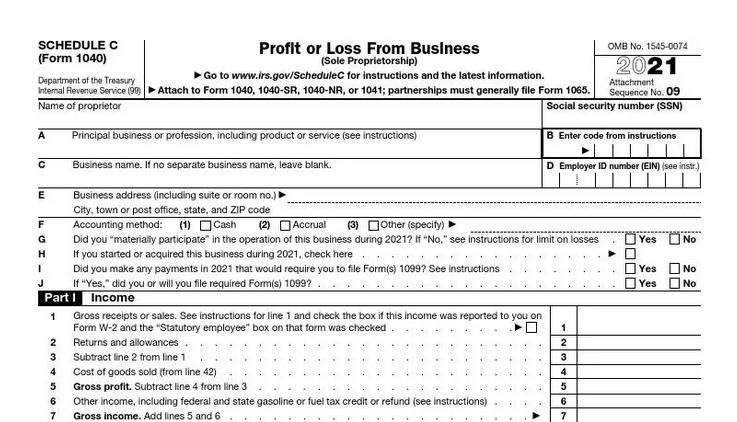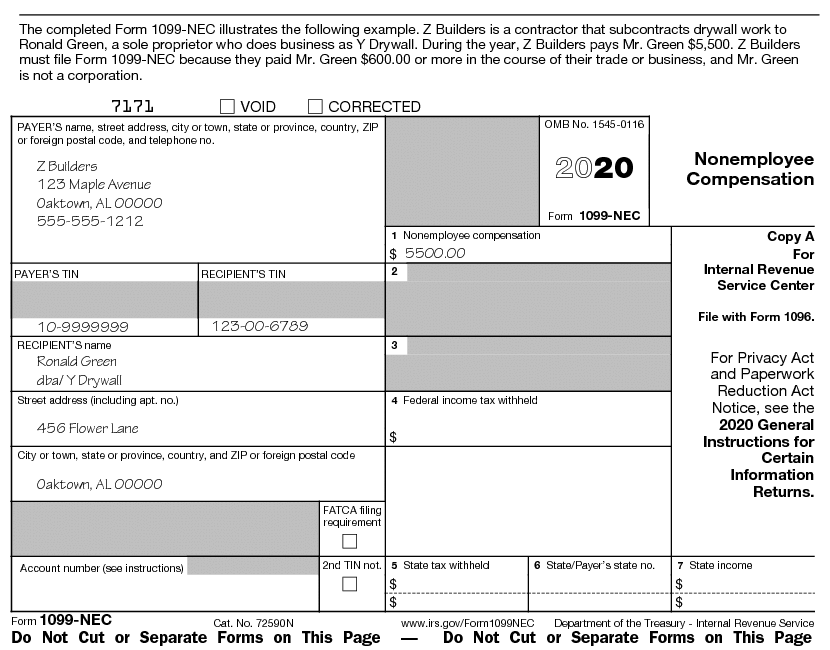Whether you have started modeling on OnlyFans as a side hustle or a full-time endeavor, you’ve entered self-employment. Getting into the new revenue stream is easy, but it’s important to understand the tax implications of independent contractor taxes.
What is an Independent Contractor?
People who offer their services to multiple clients or customers are generally considered independent contractors. Independent contractors must be able to control how and when their work is completed, how much they charge for their services, and whether or not a contract controls the relationship.
OnlyFans models fall into the category of independent contractors.
Independent contractors do not have taxes withheld from their payments. This means that the contractor is responsible for paying self-employment taxes and income taxes on their earnings.
At the end of the year, independent contractors receive 1099 Forms from each client or payment processor, showing their annual income.

OnlyFans Independent Contractor Tax Priorities
Once you start earning money on OnlyFans, you need to stay on top of your taxes to avoid any surprises on tax day.
Taxes are a lot more involved for independent contractors than typical employees. When you’re an independent contractor, you calculate your self-employment taxes and estimate your annual income taxes.
You are taxed on your net income (which is your revenue minus your deductible expenses), so you must monitor your income throughout the year.
Independent contractors must make quarterly estimated tax payments to the IRS and your state (if you live in a state with income taxes). Some states may have different deadlines for estimated taxes, so you’ll need to keep track of all your deadlines.
Next, we’ll go in-depth on independent contractor taxes.
Most Important Independent Contractor Tax Forms
You must understand the following tax forms to get a handle on your independent contractor taxes.

Schedule C: Profit or Loss from a Business
Sole proprietors use Schedule C to show their revenue and deductions. Any deductions you take against your business income will lower your taxable income, which results in a smaller tax bill.
You should carefully track every dollar you spend on your independent contractor work to ensure that you maximize your deductions. Contractor creators’ expenses include lighting, filming equipment, software subscriptions, costumes, makeup, travel, and film sets.
You must maintain records of your purchases to back up your deductions in case of an IRS inquiry or audit.

1099 Forms
Your clients or third-party payment processors file 1099 forms. They contain information about the money paid to independent contractors.
There are two copies of each 1099. Companies send one copy of the 1099s to the independent contractor, and the other copy goes to the IRS. Therefore, you should receive copies of your 1099s in January or early February each year, showing your income from the previous year.
If you worked for multiple clients or used multiple payment processors, you will receive a 1099 form from each. Companies only issue and send 1099s if you earn $600 or more from a client. You should reach out to your client if you don’t receive a form but expect one.
There are several different versions of 1099s (1099-NEC, 1099-K, and 1099-MISC) but all serve the same purpose of showing your earnings for the year.
Once you receive the forms, you should verify that the income figures are correct. You should speak to the issuer about correcting the figures if they are incorrect. If you don’t receive a corrected 1099, you might hear from the IRS about underreported income.
Note that you are responsible for declaring all your income on your tax return regardless of whether you receive a 1099 or not.
Estimated Taxes for OnlyFans Models: Explained
The IRS requires you to make what’s called “estimated quarterly tax payments” when you will owe more than $1,000 in taxes for the year. Most full-time models will fall into this category.
Estimated tax payments are due each year in April, June, September, and January. Each federal payment should be 25% of your projected tax bill for the year.
Estimated tax payments appear as credits on your return at the end of the year and will go toward your self-employment and income taxes.
Any overpayment of estimated taxes can be applied to the following year or refunded.
Deadlines for Quarterly Tax Payments:
- Payment 1 – Due April 15 of the current year
- Payment 2 – Due June 15 of the current year
- Payment 3 – Due September 15 of the current year
- Payment 4 – Due January 15 of the following year
Note: If one of these dates falls on a holiday or weekend in any given year, the deadline will be pushed back to the next business day.
You can pay estimated taxes via the IRS website or mail. You’ll need your banking information, address, and filing status from a prior return to pay online. To pay by check, you need a payment voucher (100-ES), and you’ll need to write your social security number and tax year on the check’s memo line.

Self-Employment Taxes for Models
Your net income from modeling is subject to self-employment taxes. Employees at W-2 jobs have medicare and social security taxes withheld from their paychecks, and their employers submit a matching contribution. Self-employed people must pay the equivalent of the employer and employee portion of social security and Medicare taxes.
However, you can deduct the employer portions of your SE taxes from your taxable income.
The self-employment tax is 15.3%. 12.4% of the self-employment tax is for social security (old-age, survivors, and disability insurance) and 2.9% is for Medicare (hospital insurance).
For 2021, the first $142,800 of your combined wages, tips, and net earnings is subject to any combination of the Social Security part of self-employment tax, Social Security tax, or railroad retirement (tier 1) tax. The amount increased to $147,000 for 2022. Any amount over this is not subject to self-employment tax.
Wrap Up
As an OnlyFans model, you must stay on top of your independent contractor taxes throughout the year. Ignoring them can lead to penalties, interest, and a nasty tax bill at the end of the year.
You should keep careful records of your income and expenses, so you’re ready to calculate your quarterly tax payments. Make sure you consider both self-employment and income taxes when calculating your payments. OnlyTaxes can help you with these calculations, so you’re sure to be on track with the IRS. Contact us to set up a complimentary tax planning session with one of our pros!


